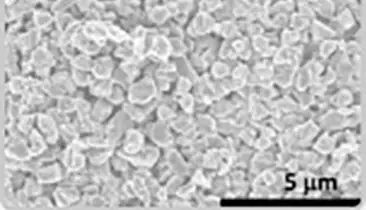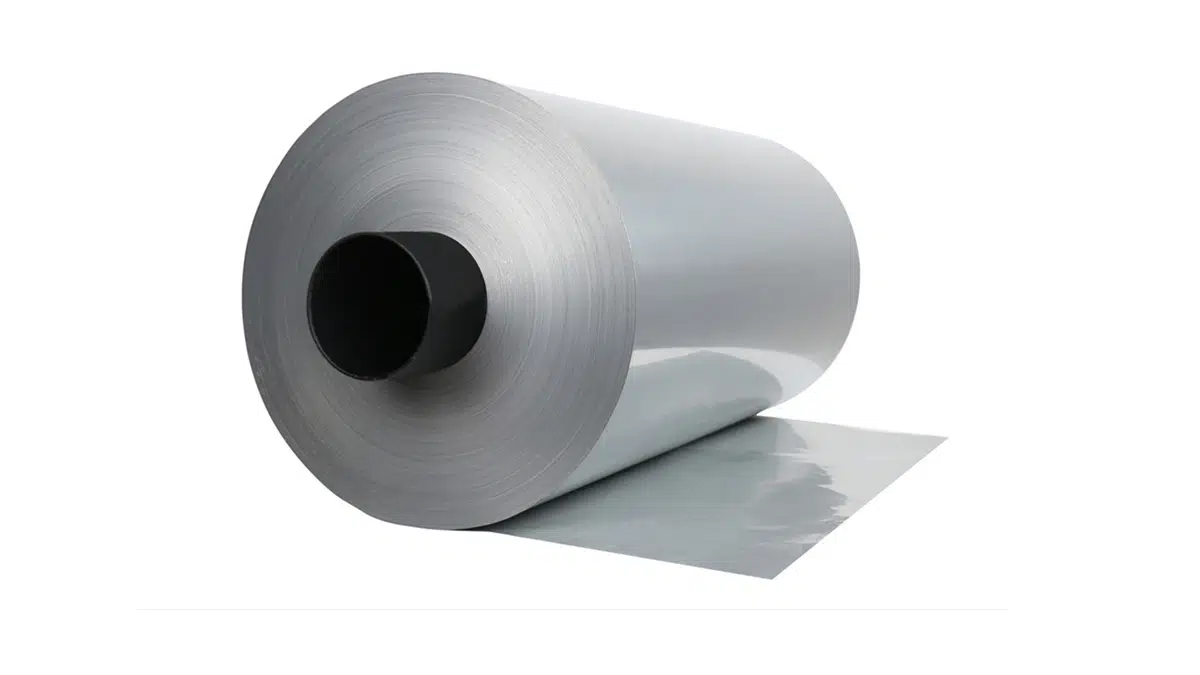source: EEtimes article
Peter Clarke, 12/3/2015
LONDON—Researchers from the North Carolina State University (Rayleigh, NC) have reported the discovery of a novel phase of solid carbon, known as Q-carbon, distinct from the already known phases of graphite and diamond and allotropes such as carbon-60, carbon nanotubes and graphene.
Q-carbon differs from other forms of carbon in that it is harder, displays room temperature ferromagnetism and is optoelectronic and glows when exposed to even low levels of energy, the university said in a statement. The team has also developed a technique for making diamond-related structures from Q-carbon at room temperature and at ambient atmospheric pressure in air.
“Q-carbons strength and low work-function its willingness to release electrons make it very promising for developing new electronic display technologies,” said Jay Narayan, a professor at NC State and lead author of three papers describing the work.
The manufacture of Q-carbon depends the use of focused lasers and rapid quenching from extreme heat. The researchers started with a substrate such as sapphire, glass or polymer coated with amorphous carbon. The amorphous carbon is hit with a laser pulse for approximately 200ns but with enough power to raise the temperature to 4,000K and rapidly cooled. The operation takes place at ambient pressure.
The result is a film of Q-carbon and the researchers have shown they can control the process to make films between 20nm and 500nm thick.
By using different substrates and changing the duration of the laser pulse, the researchers can also control how quickly the carbon cools. By changing the rate of cooling, they are able to create diamond structures within the Q-carbon.
Among the structures created are diamond nanoneedles, microneedles, nanodots and large area diamond films.
“We can make Q-carbon films, and were learning its properties, but we are still in the early stages of understanding how to manipulate it,” Professor Narayan said.
“We know a lot about diamond, so we can make diamond nanodots. We don’t yet know how to make Q-carbon nanodots or microneedles. Thats something were working on.”
The university has filed provisional patents on the techniques for the creation of Q-carbon and for the creation of diamond from Q-carbon.
Two of the papers were co-authored by NC State PhD student Anagh Bhaumik. These are: Novel Phase of Carbon, Ferromagnetism and Conversion into Diamond published online by the Journal of Applied Physics on November 30, 2015, and “Direct conversion of amorphous carbon into diamond at ambient pressures and temperatures in air” was published Oct. 7, 2015, in the journal APL Materials.
Article originally posted on EE Times Europe.


































